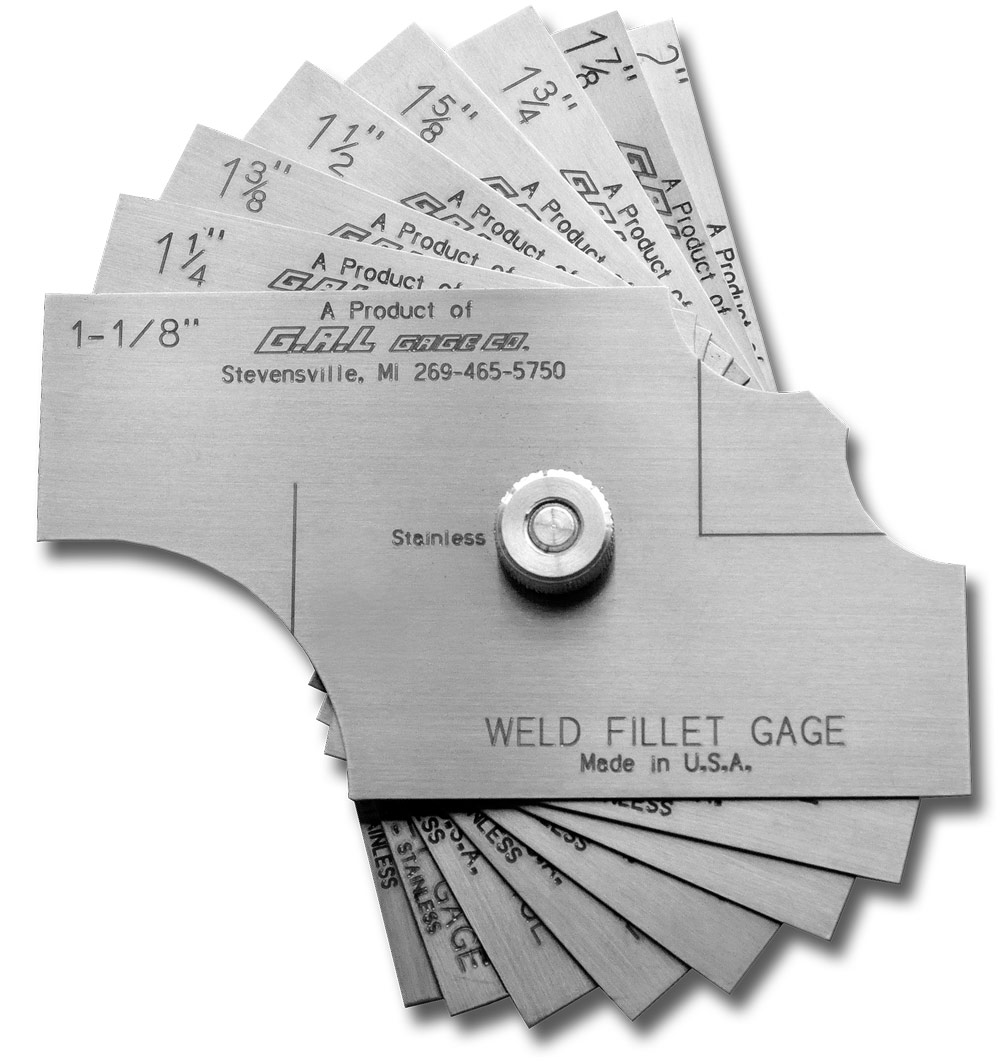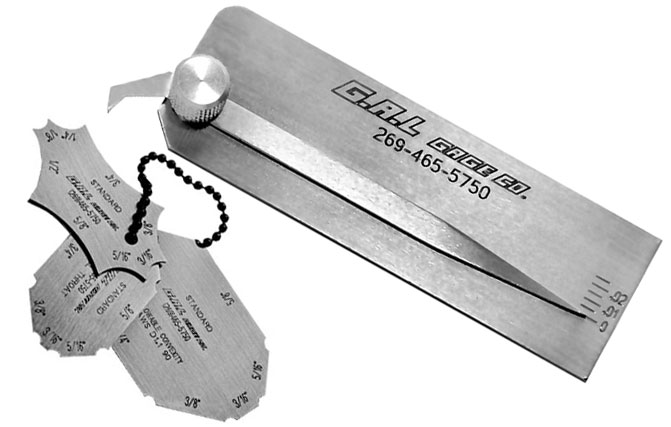The Ultimate Overview to Fillet Weld Quality Control: Ensuring Toughness and Toughness in Your Welded Joints
In the realm of welding, ensuring the toughness and sturdiness of fillet welds is vital for the stability of bonded joints. The quality assurance measures applied during the welding procedure can substantially impact the architectural strength of the end product. From the selection of proper materials to the careful inspection of welds, each action plays an essential duty in determining the total high quality of the weld joint. As we start this exploration of fillet weld top quality control, we will discover essential factors that influence weld toughness, look into efficient inspection techniques, and review strategies for stopping usual weld problems. Remain tuned to uncover how understanding these methods can elevate the sturdiness and integrity of your bonded joints.
Relevance of Fillet Weld Quality Control
Making sure correct fillet weld quality assurance is extremely important in assuring the architectural honesty and long life of bonded elements in different markets. Fillet welds are commonly used in structural steelwork, bridges, stress vessels, pipes, and various other important framework where the stamina of the weld is vital to general security and efficiency. Quality assurance procedures such as visual evaluations, non-destructive testing, and adherence to welding treatments aid determine potential defects like absence of fusion, incomplete infiltration, undercutting, or excessive support.
Secret Elements Influencing Weld Stamina
Achieving optimum weld strength requires cautious consideration of different essential variables that affect the integrity and durability of the bonded joint. The first vital element is correct joint preparation, which entails cleaning the base steels to remove any type of impurities that could deteriorate the weld. Additionally, the fit-up of the joint is crucial to guarantee correct penetration and combination of the filler product.
The selection of the proper welding method and criteria likewise plays a considerable function in establishing weld strength. Elements such as warm input, traveling rate, and electrode angle can affect the top quality of the weld. Keeping the correct interpass temperature during multi-pass welding is crucial to protect against cracking and guarantee a strong bond between the layers.
Moreover, the selection of filler material and its compatibility with the base metals is vital for attaining high weld toughness. Making use of filler product with the appropriate mechanical buildings can enhance the overall integrity of the weld. Post-weld warm therapy and appropriate inspection techniques are vital steps in making sure the toughness and durability of the bonded joint.
Examination Techniques for Weld Integrity

An additional crucial evaluation technique is fluid penetrant screening, where a fluid color is put on the weld surface - Gauge Fillet Weld. The dye seeps right into any kind of surface-breaking issues, making them noticeable under UV light. This approach is effective for spotting defects that may not be visible to the naked eye


Ultrasonic testing is likewise widely made use of for examining weld honesty. High-frequency acoustic wave are routed into the weld, and any kind of interruptions in the acoustic wave pattern suggest possible defects like splits or lack of combination.
These inspection techniques play a vital function in making certain the high quality and integrity of welds, ultimately adding to the total strength and longevity of welded joints in commercial settings.
Stopping Common Weld Problems
In order to keep the architectural integrity of welded joints in commercial applications, it is crucial to execute safety nets to deal with typical weld issues. One usual issue is absence of blend, where the filler product falls short to bond adequately with the base steels, resulting in vulnerable points in the weld. This can be stopped by guaranteeing additional reading appropriate warmth control and using the appropriate welding method.
One more constant concern is porosity, created by gas entrapment in the weld steel throughout the welding process. To prevent this, it is vital to clean up the base metals completely, utilize dry electrodes, and maintain a suitable welding environment with proper ventilation.
Additionally, cracks in welds can compromise the joint's strength. To prevent this defect, it is important to control the cooling rate after welding, use preheating when essential, and pick ideal welding criteria.
Enhancing Bonded Longevity With Correct Methods
One vital method to boost weld sturdiness is to ensure appropriate weld bead placement. By positioning the weld grain properly within the joint, the weld's stamina and resistance to exhaustion can be substantially improved.
Moreover, employing proper pre-weld and post-weld heat treatments can help in reducing recurring tensions and boost the weld's toughness, making it a lot more immune to breaking and failing over time. One more strategy to enhance weld toughness is to utilize premium welding consumables and base products. Choosing the best filler steel and ensuring the cleanliness of the base steels can protect against article source inclusions and various other issues that could jeopardize the weld's toughness. By implementing these proper methods, welders can make sure that their bonded joints show remarkable stamina and toughness, fulfilling the finest requirements.
Final Thought
To conclude, keeping excellent quality control criteria for fillet welds is critical for making certain the stamina and longevity of welded joints. By recognizing the vital factors impacting weld stamina, making use of examination approaches for weld honesty, preventing usual weld issues, and employing correct methods, welders can enhance the total sturdiness of their welds. It is vital to focus on high quality control actions to produce long-lasting and dependable bonded joints.
In the world of welding, making sure the strength and toughness of fillet welds is extremely important for the integrity of welded joints. As we embark on this expedition of fillet weld high quality control, we will certainly uncover vital variables that influence weld stamina, dive into efficient evaluation techniques, and go over approaches for protecting against typical weld defects.Attaining ideal weld strength calls for cautious consideration of different essential elements that affect the honesty and resilience of the bonded joint (Gauge Fillet Weld).In verdict, preserving high quality control criteria for fillet welds is critical for making sure the stamina and sturdiness of welded joints. By understanding the essential elements impacting weld strength, using assessment techniques for weld integrity, avoiding common weld flaws, and utilizing appropriate techniques, welders can enhance the total toughness of their welds
Comments on “Top Strategies for Measuring Gauge Fillet Weld Properly”